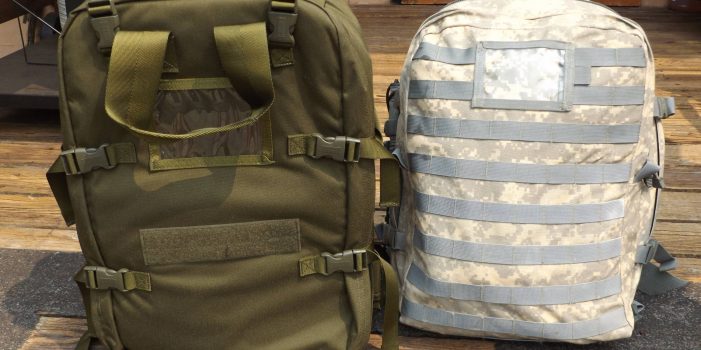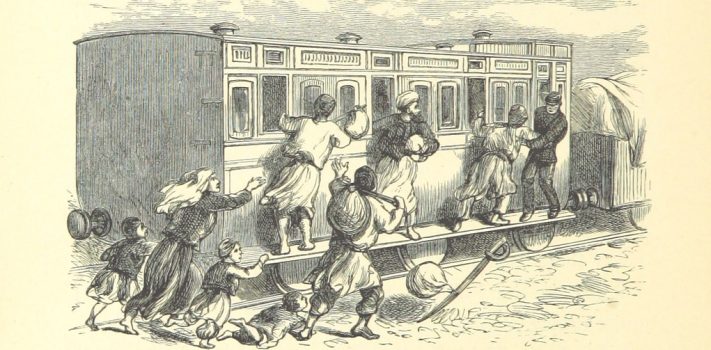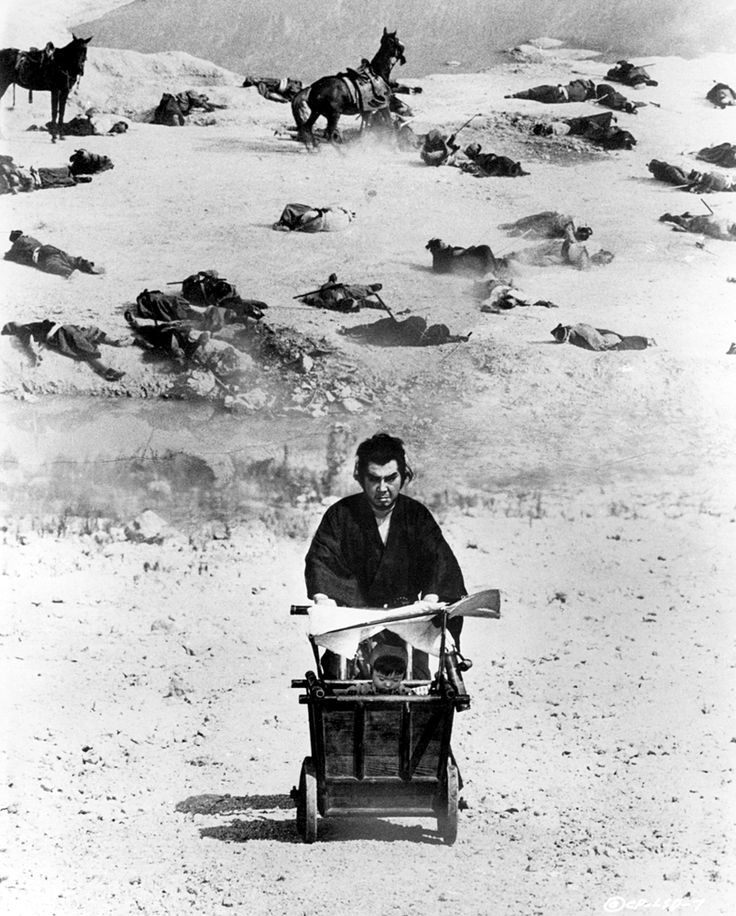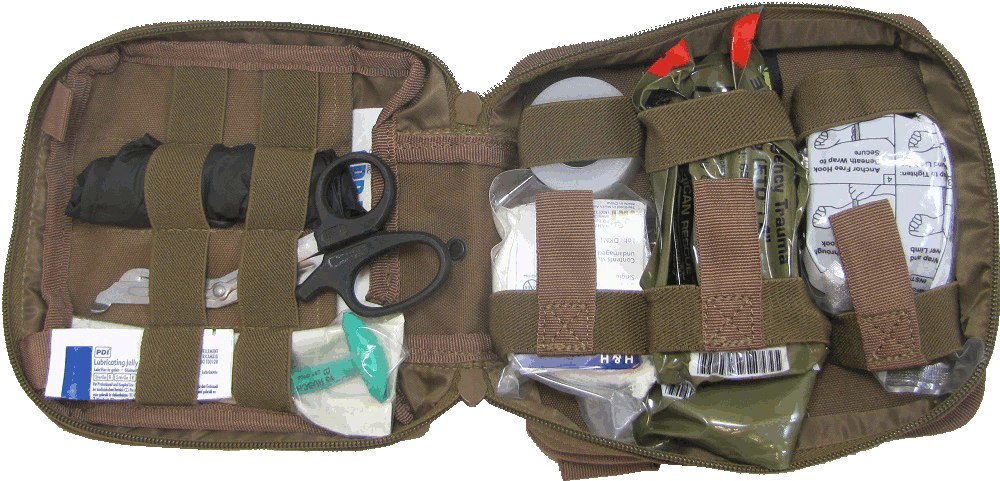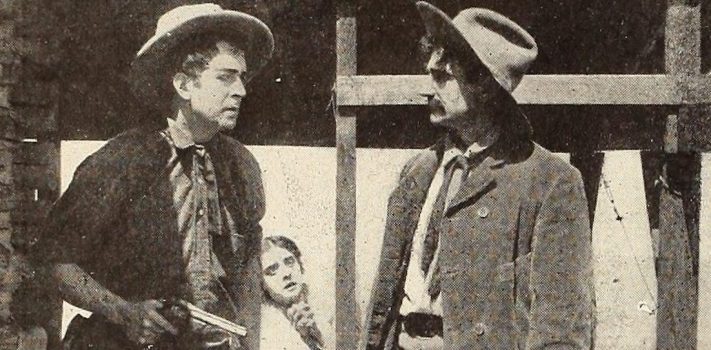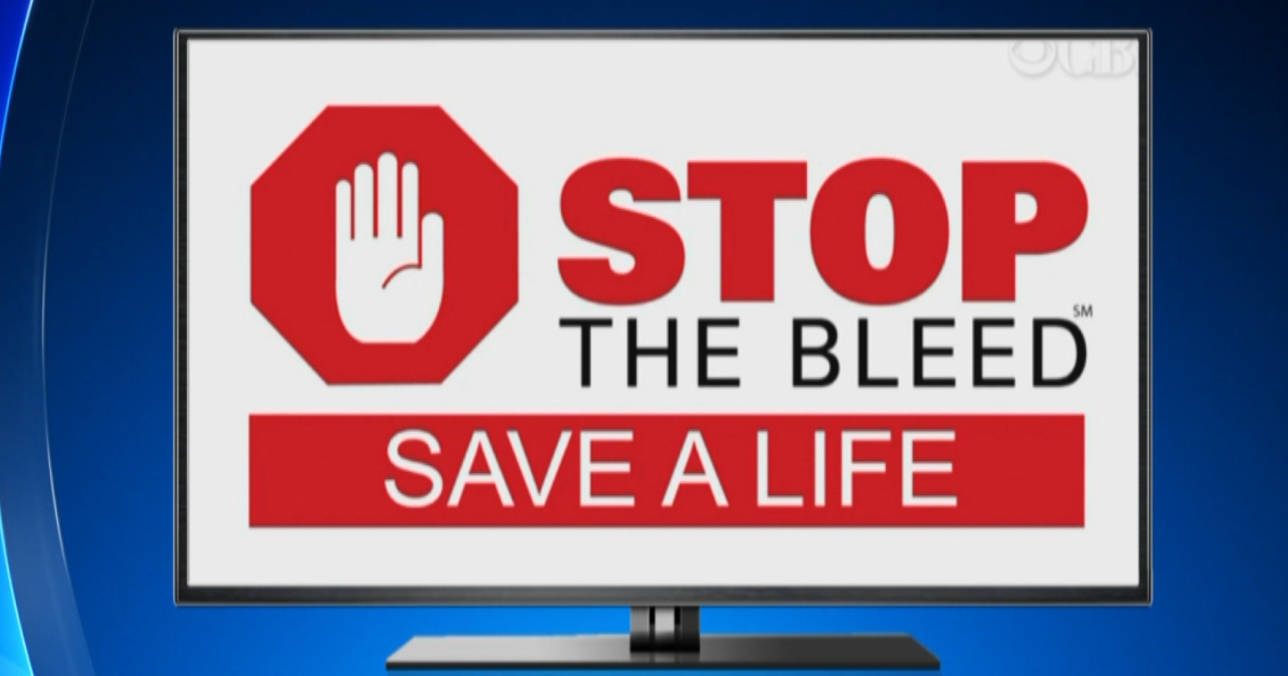Guest Article: The Best Free Medical References for Preppers, by Greg Ellifritz
…kinds of skills, think about the environment in which you will be practicing. Don’t just save these to your computer. If there are power outages or if there is an EMP event, your computer won’t likely work. Print them out or order the books in hard copy form. There’s nothing like having a real book when the lights go out! If you want to learn more and buy some actual hard copy books for reference material, it would be a good investment. I recommend the following: Wilderness Medicine, 5th Edition by Paul S. Auerbach 2012 Nurse’s Drug Handbook Ditch Medicine: Advanced Field Procedures For Emergencies by Hugh Coffee Medicine for the Outdoors by Paul Auerbach The Merck Manual of Diagnosis and Therapy Primary Surgery: Volume 1: Non-Trauma by Maurice King Primary Surgery: Volume 2: Trauma by Maurice King The Sanford Guide to Antimicrobial Therapy 2012 Edited by David Gilbert Tactical…

